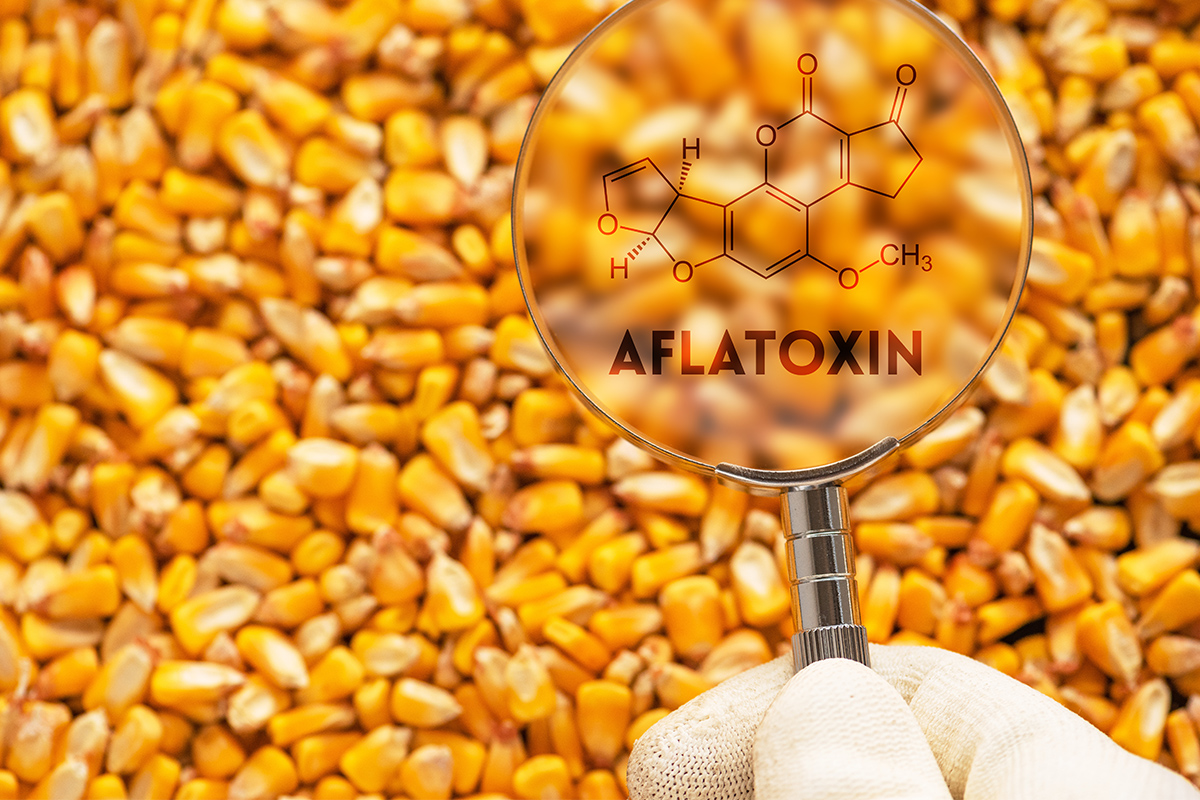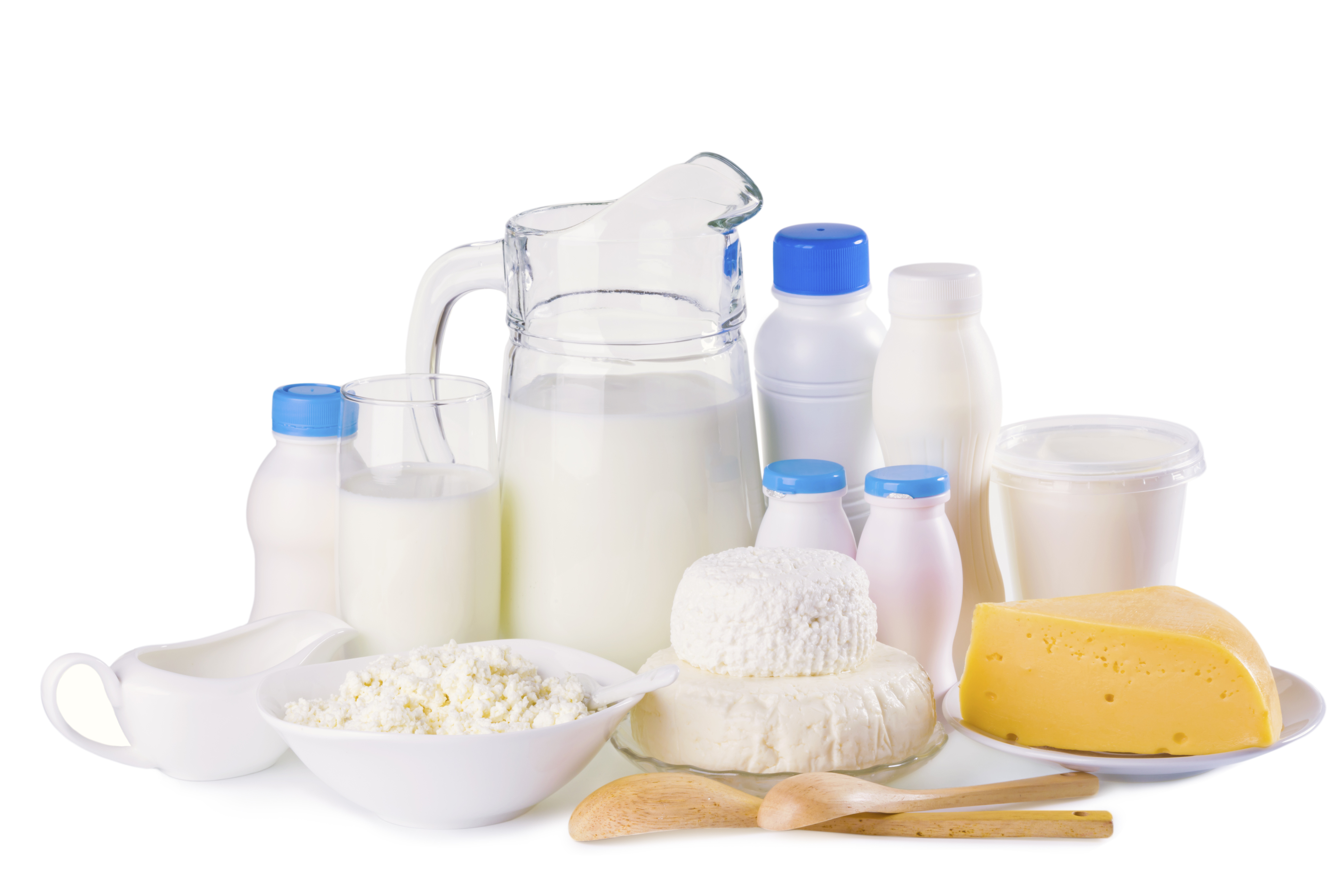Answer:
No foods are truly 100% safe or non-perishable. Although we typically think of spoilage and rotting from visible bacterial growth and pest infestation, contamination of food can also be hiding from the naked eye. It’s said that mycotoxins are present practically everywhere in trace amounts and are unavoidable.
According to the World Health Organization, “mycotoxins are toxic compounds that are naturally produced by certain types of molds (fungi).” Health effects from these toxins range from acute poisoning to immune deficiency and death. Mycotoxin-producing molds can grow on numerous foods such as cereals, dried fruits, corn, peanuts, coffee beans, nuts and spices. Fox News reported in 2015 that “in the United States aflatoxin contamination is most common is the Southeast in peanuts and corn products.” Aflatoxins are a type of mycotoxin known to cause liver cancer. Other major mycotoxins include citrinin, deoxylnivalenol, fumonisins, ochratoxin, patulin, trichothecenes and zearatenones.
The good news: Contaminated foodstuffs (either visibly or tested) are not permitted in developed countries’ marketplace. The FDA has set very strict tolerance levels for certain mycotoxins present in crops.
The bad news: In the U.S., agricultural products kept within state lines and animal feeds are not subject to FDA limits. Additionally, through the food chain, the consumption of even tiny amounts of mycotoxins can have a cumulative effect. This is evident in livestock, eggs and dairy products.
How to avoid mycotoxins, then? You can reduce mycotoxin exposure by obtaining your raw food (whether conventional or organic) from trusted sources that adhere to federal and state safety testing and from local farmers’ markets (short storage periods). Of course, it could also be that reducing consumption of animal products, corn and peanuts may reduce your chance of exposure.
Additional sources:
- Alshannaq A, Yu JH. Occurrence, Toxicity, and Analysis of Major Mycotoxins in Food. Int J Environ Res Public Health. 2017;14(6):632. Published 2017 Jun 13. https://www.ncbi.nlm.nih.gov/pmc/articles/PMC5486318/ doi:10.3390/ijerph14060632
- Bennett JW, Klich M. Mycotoxins. Clin Microbiol Rev. 2003;16(3):497–516. https://www.ncbi.nlm.nih.gov/pmc/articles/PMC164220/ doi:10.1128/cmr.16.3.497-516.2003
– Debbie J., MS, RD




 Have a nutrition question? Our registered dietitian is ready to help!
Have a nutrition question? Our registered dietitian is ready to help!


